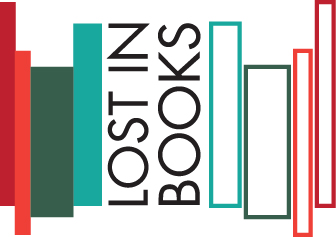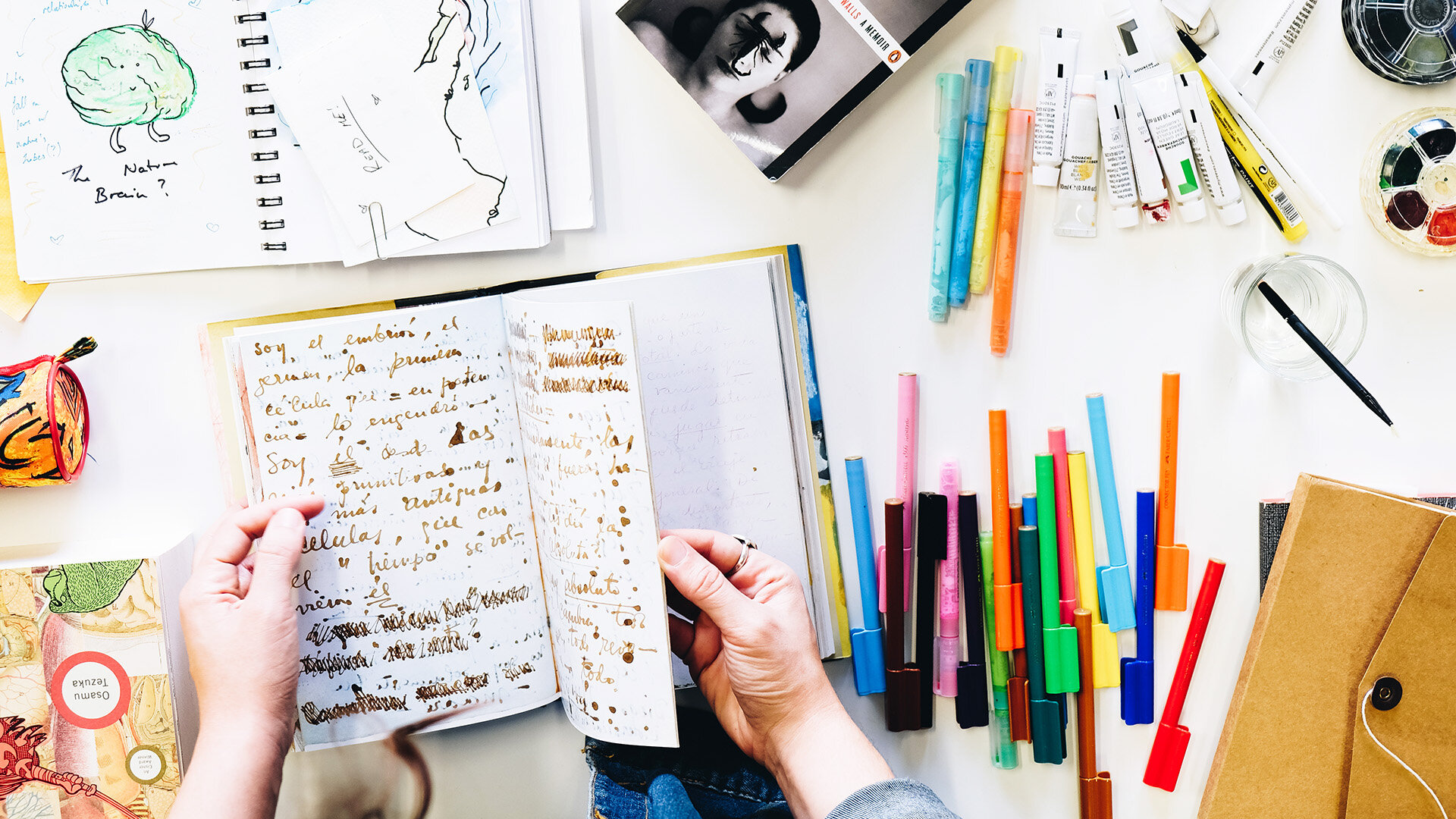Episode 1. Journaling Your Reality
Beginning an art journaling practice is a key skill for any budding artists. By allowing your mind to roam freely and frantically across your pages, you are able to develop the foundations for any exciting art project!
By creating in a way that is true to yourself, you can start to develop a unique visual language that is unique to you! Remember, that there are no wrong approaches to journaling. Whether your style is messy, colourful and playful or whether it’s more disciplined, all approaches have something to offer.
Keeping all these fleeting moments of inspiration within one reliable space can serve to be a vital springboard for ideas ranging from film, painting, design, photography and more!
Benefits of journaling
Art journaling is a great daily practice to begin incorporating into your daily life as it allows for a wide range of benefits to the practitioner.
From a creative standpoint, an Arts Journal can operate as a window to the soul. It can allow you to experiment with new techniques, archive old ideas, flesh our and improve the depth of artistic concepts and can also be a great way to communicate ideas quickly and effectively. Art Journals can also operate as a mood board of sorts.
If you are wanting to create an artistic explosion of colour on-page, tie in some research with visual ideas or even if you just feel like sketching some of your local scenery all of these approaches are valid.
When looking at some of the broader benefits, art journaling can also be a great way to connect with the self and improve your sense of self-awareness. Developing and refining your own visual language through consistent communication can help you feel more empowered, less stressed and a lot more introspective.
Art Journaling As A Professional Practice
Once you begin to engage with the art world more professionally, you find that this practice is something that never truly leaves you. As deadlines, concepts, projects, exhibition themes and more begin to play important factors, you will find that having creative ways to quickly get all of these things down really helps provide clarity with your thinking.
By jotting down ideas, capturing moments of influence and through the act of constantly developing your creative thinking, you can clear your head and come up with something truly special.
Finding the RIGHT Book For You
When beginning your journaling adventure, it is important to find a book that suits your needs. As with many things in art, there’s no right answer when it comes to finding the perfect book to suit all people. Everyone’s needs are going to be different and that’s okay - it’s all part of what makes it special.
Though in saying this, here are some points to consider when choosing the right journal for your adventure:
Portability - Do you want this book to travel with you or is it staying in one space?
Length of the book - How long do you want to use this journal? Is it for every day or just for one project?
Size of the Paper - Do you prefer small or large sheets? What works best for you?
Style - Do you want a fancy book or would you prefer something customisable?
Paper Texture - Do you want smooth, glossy sheets or something a bit rougher?
Paper thickness - Depending on what materials you’re using, you may need a book with thick pages to prevent colours from running through different pages.
Art Journaling Material Considerations
When beginning your journaling process, it is important to make sure that you have the right materials at your disposal.
Some useful materials can include:
Watercolour paints
Acrylic paint
Brushes
Coloured Pencils
Coloured Textas
Scissors
Glue
Pencils
Magazines, photographs and other collage materials
Remember that the beauty of journaling is that you get to make the final call with material choices. You can make it as diverse or as streamline as you like!
Art Journaling Techniques
When journaling, there are a number of techniques that you can use to really make your pages come alive.
Some techniques I like to use include:
Collage
The process of sticking various different materials (i.e. photographs) together to make an image with new meaning.
Portraits and Self-Portraiture
Creating a visual resemblance of a subject matters likeness through visual art mediums
Sketching
Making rough drawings and depictions
Watercolour Painting
Using water-soluble paint to create paintings
Writing Journal Entries
Writing freely to express my feelings, hopes, desire, ambitions, ideas and more within my journal
Using Mindmaps
Using a diagram to brainstorm thoughts without the burden of order and structure.
Collecting quotes
Finding key phrases or sentences within conversations, movies, books, lyrics, posters and other sources and documenting them in my book.
Writing poems and song structures
Exploring poetry and song-writing techniques to help inspire the creation of multi-disciplinary works.
Creating lists of goals
Setting a prioritised list of achievements for myself to help me feel focused and aligned.
Experimenting - mixed mediums and techniques
Allowing myself to have time to play and experiment freely. Mixing techniques and materials together to help uncover new processes and inspire ideas.
Digital Journaling
If keeping things digital is more your style, there are heaps of ways that you can engage with the journaling process digitally. Using free websites and apps such as Behance, Deviantart, Tumblr, Penzu, Pinterest and Instragram you can categorise, organise and curate your own little universe.
By collecting images, jotting notes down, sharing ideas with collaborators or even through processes like digital sketching you can leave your imprint on the digital landscape. Best part about digital journaling is that you can access it whenever you have internet access. With enough it can even grow to become your own digital portfolio!
Check out Huy’s photography journal on instagram @huy____ for inspiration.
Exercise
So, are you ready to make some art?
Once you have your materials and your art book, create a title page and your first entry into your very own art journal! Go crazy with materials, experiment with the techniques above, make a mess, be shameless and just go for it! And most importantly, have fun creating!
Share Your Art
We’d love to see what you create! Take photos, videos or scans of your journal or work in progress and share it via social media. Make sure you tag us @lostinbookssydney or use the hashtag #TofPArtStudio so we can see it.
You can also submit your artwork by emailing to art@lostinbooks.com.au to receive feedback from our artists Huy and Lili, and for a chance to be featured in our online Art gallery.
OPEN STUDIO
Cost: $100 per student/term | Location: Lost In Books, 2/4o Harris St, Fairfield, NSW 2165
Creative Kids vouchers accepted. Click here to apply.
Our TABLE OF PLENTY open access studio creates an encouraging, open and safe environment where individuals can gain a sense of agency through creativity and art with the intent to unify and strengthen the already strong ties within our community. We look forward to welcoming our participants!
Term 1 dates and times to be advised. Register to be on the waitlist.





